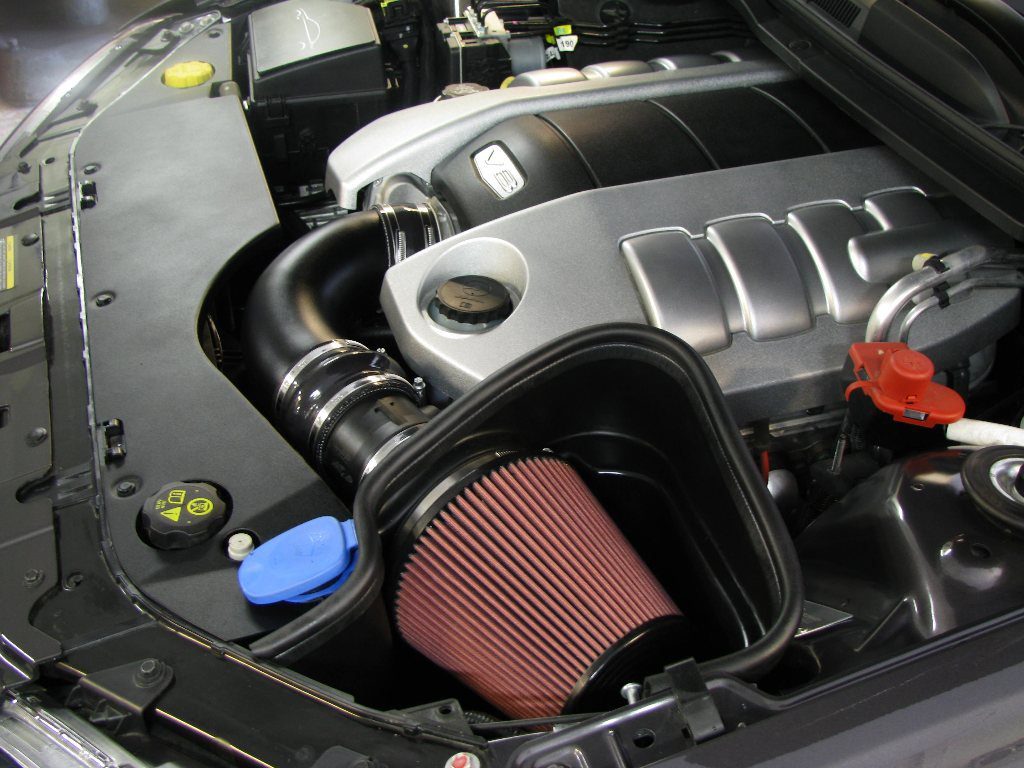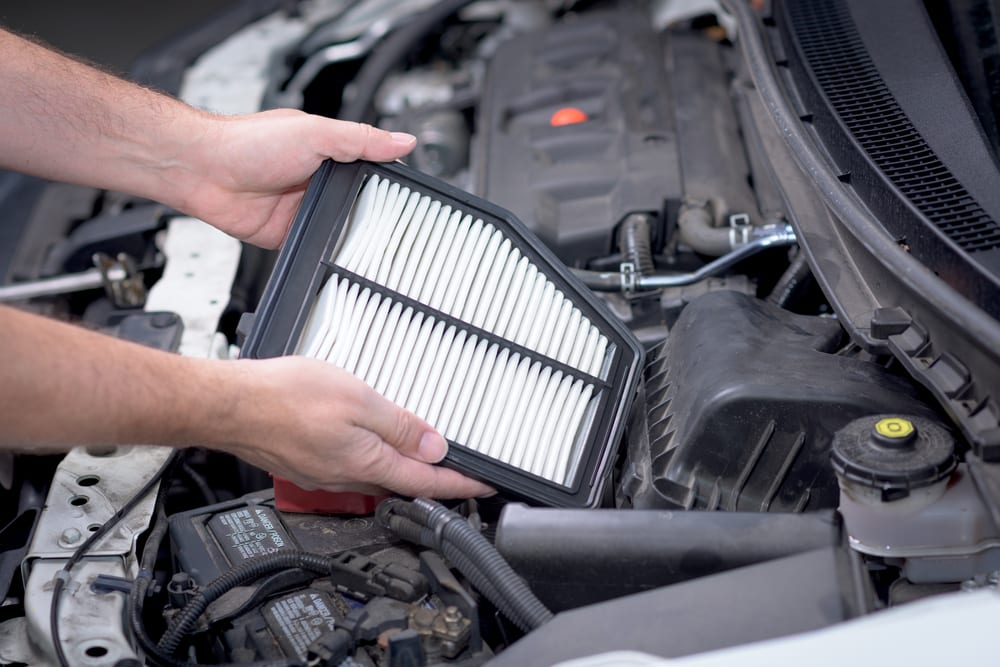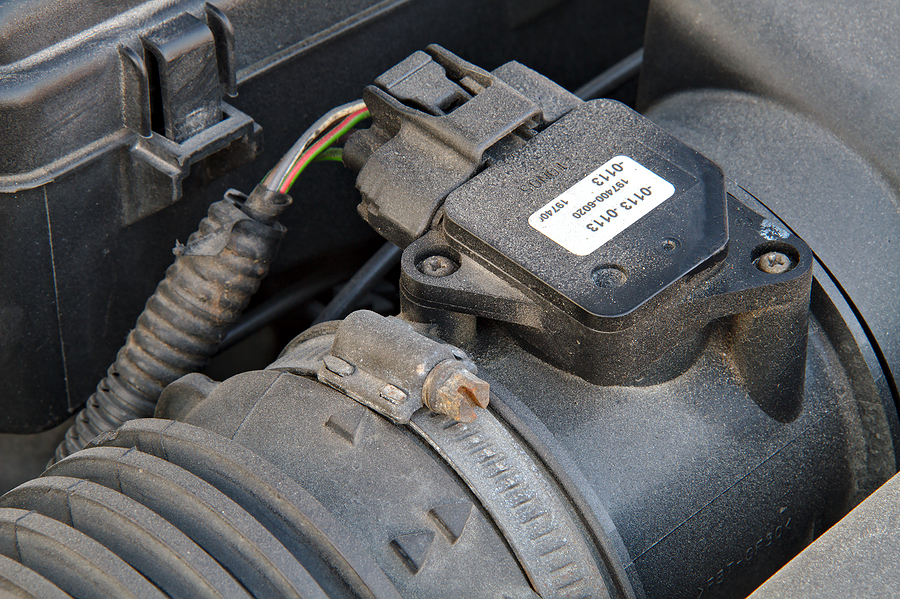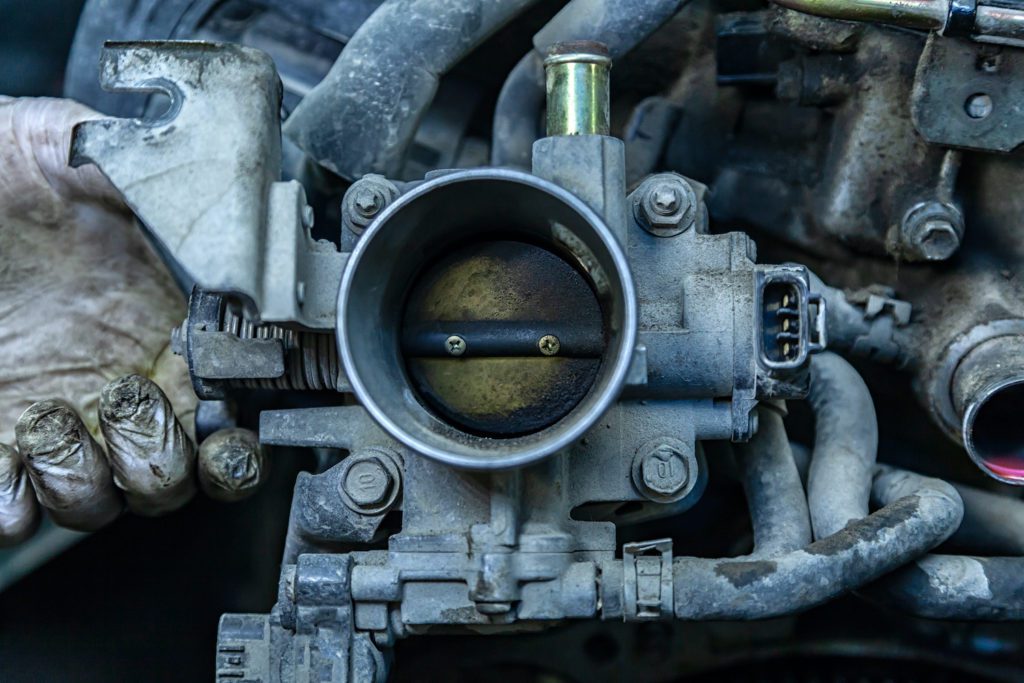Working Principle Of A Car Air Intake System
The car air intake system is an important part of your vehicle but many of us may not know what it actually is and what an air intake does. The air intake system is an important part of the engine’s function, collecting air and guiding it to individual cylinders. But that’s not enough. Following a typical oxygen molecule through the air intake system, we can learn what each part does to keep your engine running efficiently. In this post, we will find out what is a car air intake and the working principle of a car air intake system.
The car air intake system
Nowadays, people commonly prefer modern cars and these cars also need a modern air intake system. Usually, an air intake system has 3 major parts: an air filter, mass flow sensor, and throttle body. More recent cars now are equipped with silencer in order to reduce the noise.

Location of the air intake on a car?
So, you may ask where is the air intake on a car? It is usually located where it can take air outside the engine bay, such as a fender, the grille, or hood scoop. The air intake tube is the beginning of the way where air goes through the system. In other words, it is the only “door” which air can get to the system. Air from outside has lower temperature and denser. Therefore, it will be richer in oxygen and better for combustion, power output, and engine efficiency.
Function of the car air intake system
Another question you would have wondered is what does an air intake do?
Oxygen in the air is one of the necessary parts for the engine combustion process. The air intake system takes its function as a guider to let air get into your car engine. A good car air intake system allows clean and continuous airflow into the engine. Therefore, your engine can produce more power and prolong life span for your car.
Now, let’s learn the working principle of an air intake system by seeing how each part works.
Engine Air Filter
An air filter is an important part of a car air intake system. Because the engine can “breathe” through the filter. The air filter stays in a plastic or a metal box. Its function is to prevent dirt and other foreign particles in the air from entering the system. These dirt and particles can damage the engine.

The typical air filter can filter out 80% to 90% of particles down to 5 µm. The air filter is usually located in the air stream to your throttle valve assembly and intake manifold. It is found in a compartment in an air duct to the throttle valve assembly under the hood of your car.
Mass Flow Sensor
A mass air flow sensor is used to control the amount of air entering a fuel-injected internal combustion engine. It is usually placed on the intake manifold.

There are two common types of mass airflow sensors that used in car engines. They are the vane meter and the hot wire.
The vane type has a flap that is pushed by the incoming air. More flaps are forced back when there is more amount of air that is coming in. A second vane is placed behind the main one that fits into a closed camber that suppresses the movement of the vane. Therefore, the measurement could be more accurate.
The hot wire takes advantage of a series of wires strung in the air stream. When the temperature of the wire increases, it limits electrical current flowing through the circuit. The air cools as it passes through the hot wire. Meanwhile, the wire resistance diminishes, which in turn allows more current to flow through the circuit. However, as more current flows, the wire’s temperature increases until the resistance reaches equilibrium again.
Throttle Body
After the mass flow sensor finishes its job, the air goes along through the air intake tube to the throttle body. Following the way, there may be resonator chambers, bottles assigned to absorb and eliminate vibrations in the air stream and smooth airflow.
The throttle body is the part of the car air intake system that controls the amount of air flowing into an engine’s combustion chamber. It consists of a bored housing that contains a throttle plate that rotates on a shaft. The throttle body is connected, either electronically or via cable, to the accelerator pedal and cruise control system, if equipped.

When you depress the accelerator, the throttle plate opens to allow more air to flow into the engine. Therefore, it results in an increase in engine power and speed. When you release the accelerator, the throttle plate closes and effectively stops air flow into the combustion chamber.
SEE MORE:
- Warning! Pay Attention To These Bad MAF Sensor Symptoms
- Bad Throttle Position Sensor Symptoms & How To Fix
- Three Signs Of A Dirty Car Air Filter You Should Know
Idle Air Control
When you are in idle, for example, stopping by the red light, a small amount of air still needs to go to the engine to keep it running. On most vehicles, a separate idle air control (IAC) valve controls a small amount of air to maintain engine idle speed. The IAC may be part of the throttle body or connected to the intake via a smaller intake hose, off the main intake hose.
Intake Valves
Finally, just before getting to the cylinder, the intake valves will control the air intake. On the intake stroke, usually 10 ° to 20 ° before top dead center, the intake valve opens to allow the cylinder to pull in air as the piston goes down. A few degrees after bottom dead center, the intake valve closes, allowing the piston to compress the air as it comes back to top dead center.
Cold air intake system
What Is A Cold Air Intake?
A cold air intake helps to bring cooler air into a car’s engine, to increase engine power and efficiency. Cold air intakes operate on the principle of increasing the amount of oxygen available for combustion with fuel. Because cooler air has a higher density, cold air intakes generally work by introducing cooler air from outside the hot engine bay. Well-designed intakes use heat shields to isolate the air filter from the rest of the engine compartment, providing cooler air from the front or side of the engine bay.
How A Cold Air Intake Improves The Car Air Intake System?
Increase in horsepower and torque is one of the benefits of having a cold air intake. Your engine can breathe better with a restricted stock system, since a cold air intake pulls in a larger amount of air that could be much cooler. With your combustion chamber filled by cooler, oxygen-rich air, fuel burns at a more efficient mixture. When the engine has the right amount of oxygen, you will get more power and torque from every drop of your fuel.
Better throttle response and fuel economy are another advantage of having a cold air intake. Stock intakes often provide hotter, fuel-rich combustion combinations that make your engine lose power and responsiveness while running hotter and more sluggishly. By maximizing your air to fuel ratio, cold air intakes will help you use your fuel the most economically.
Conclusion
After going through the car air intake system, we can clearly see that it is quite complicated. Intake air takes a winding route from the outside to the intake valves for the final purpose of delivering clean and measured air to the cylinders. By getting the working principle, you can easily recognize the bad symptoms of the car intake system. Therefore, you can fix it immediately and improve the productivity of the engine to the max.














